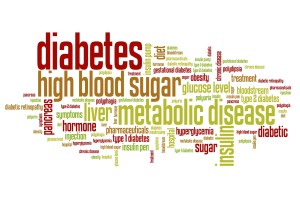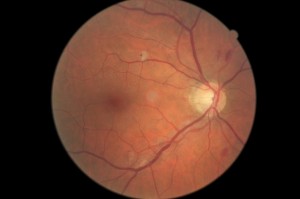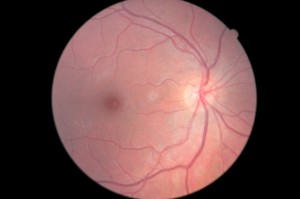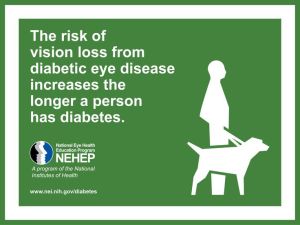Westside Optometry is partnering with Vision Service Plan (VSP) in a Pilot Program to test patients for prediabetes. For the next 60 days, if you have VSP coverage for your vision care, you will be given a 7 question risk test to complete. The questions are quite simple: age, gender, family history… Depending on your score another test will be offered to measure your A1C. Glycated hemoglobin or A1C is a relatively quick and simple blood test that provides a picture of your average blood sugar level over the past 3 months. The higher the level, the greater the risk of developing diabetes complications.
The A1C test can identify prediabetes, which raises your risk for diabetes. It can be used to diagnose diabetes. And it’s used to monitor how well your diabetes treatment is working over time. It’s also a critical step in forming your game plan to manage diabetes with your diabetes care team.
A1C test results are reported as a percentage. The higher the percentage, the higher your blood sugar levels over the past three months. The A1C test can also be used for diagnosis, based on the following guidelines:

- If your A1C level is between 5.7 and less than 6.5%, your levels have been in the prediabetes range.
- If you have an A1C level of 6.5% or higher, your levels were in the diabetes range.
PREDIABETES
What it means and what you can do
There are no clear symptoms of prediabetes so you may have it and not know it. But before people develop type 2 diabetes, they almost always have prediabetes—blood sugar levels that are higher than normal but not yet high enough to be diagnosed as diabetes. If you discover that you do have prediabetes, remember that it doesn’t mean you’ll develop type 2 diabetes, particularly if you follow a treatment plan and a diet and exercise routine. Even small changes can have a huge impact on managing this disease or preventing it all together.
For some people with prediabetes, early treatment can actually return blood sugar levels to a normal range. Get educated, learn all you can, ask plenty of questions and listen to the answers you get. Start exercising, Start eating healthy and your life can be yours again.


 retinopathy.
retinopathy.


